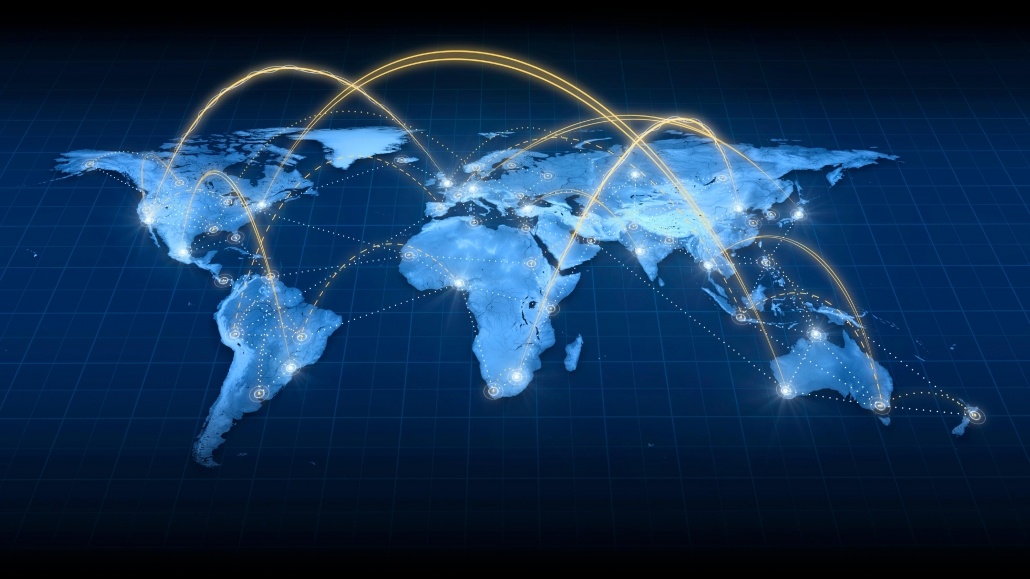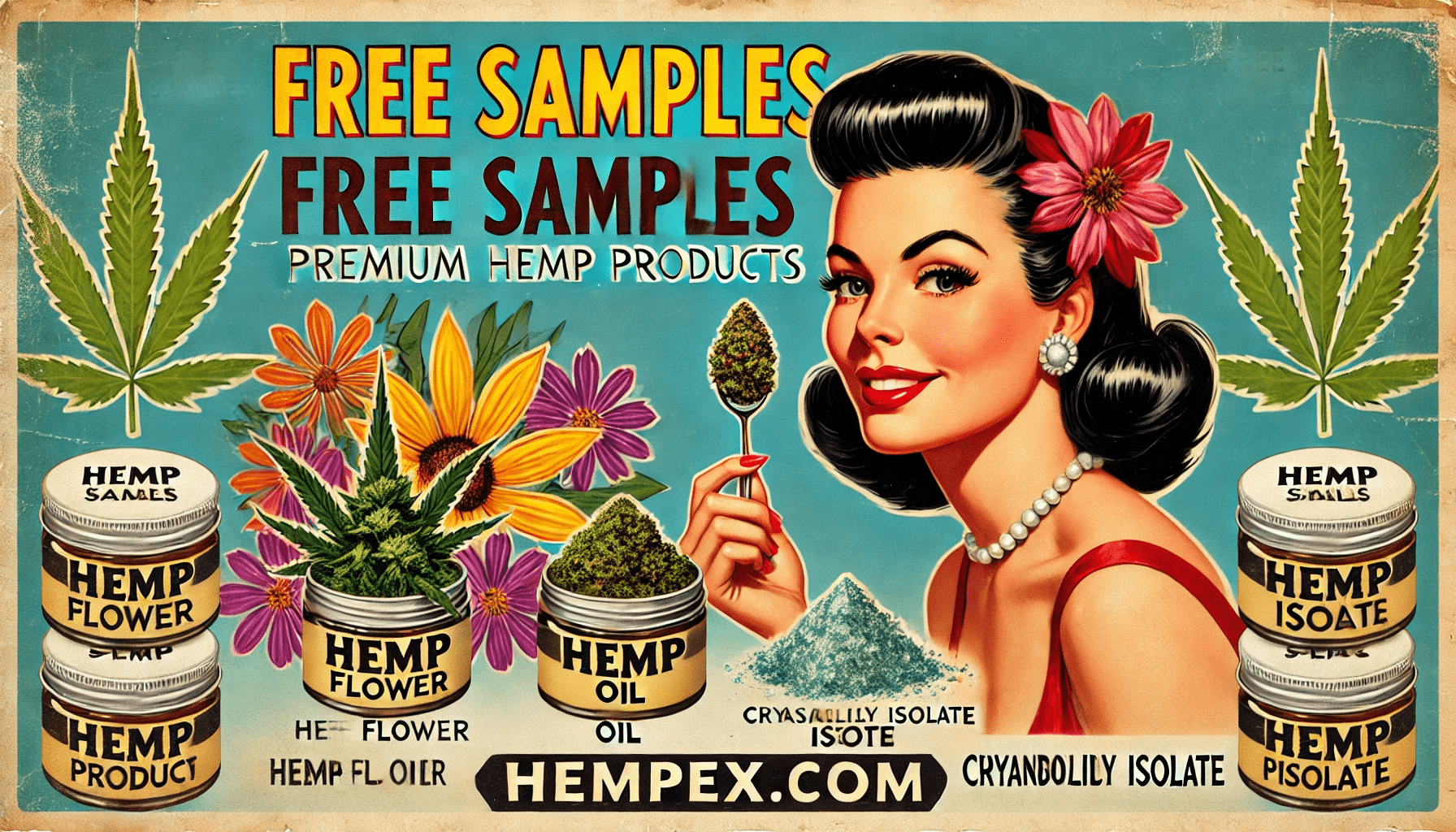 Imagine there existed a natural, non-toxic substance that halted diabetes, fought cancer, and reduced psychotic tendencies in patients with schizophrenia and other psychiatric disorders. You don’t have to imagine; such a substance is already here. It’s called cannabidiol (CBD). The only problem with it is that it’s illegal.
Imagine there existed a natural, non-toxic substance that halted diabetes, fought cancer, and reduced psychotic tendencies in patients with schizophrenia and other psychiatric disorders. You don’t have to imagine; such a substance is already here. It’s called cannabidiol (CBD). The only problem with it is that it’s illegal.
Cannabidiol is one of dozens of unique, organic compounds in the cannabis plant known as cannabinoids, many of which possess documented, and in some cases, prolific therapeutic properties. Other cannabinoids include cannabinol (CBN), cannabichromene (CBC), cannabigerol (CBG), and tetrahydrocannabivarin (THCV). Unlike delta-9-tetrahydrocannabinol (THC), the primary psychoactive cannabinoid in marijuana, consuming these plant compounds will not get you high. Nonetheless, under federal law, every one of these cannabinoids is defined as schedule I illicit substances because they naturally occur in the marijuana plant.
That’s right. In the eyes of the US government, these non-psychotropic cannabinoids are as dangerous to consume as heroin and they possess absolutely no therapeutic utility. In the eyes of many scientists, however, these cannabinoids may offer a safe and effective way to combat some of the world’s most severe and hard-to-treat medical conditions. Here’s a closer look at some of these promising, yet illegal, plant compounds.
Read full article:


